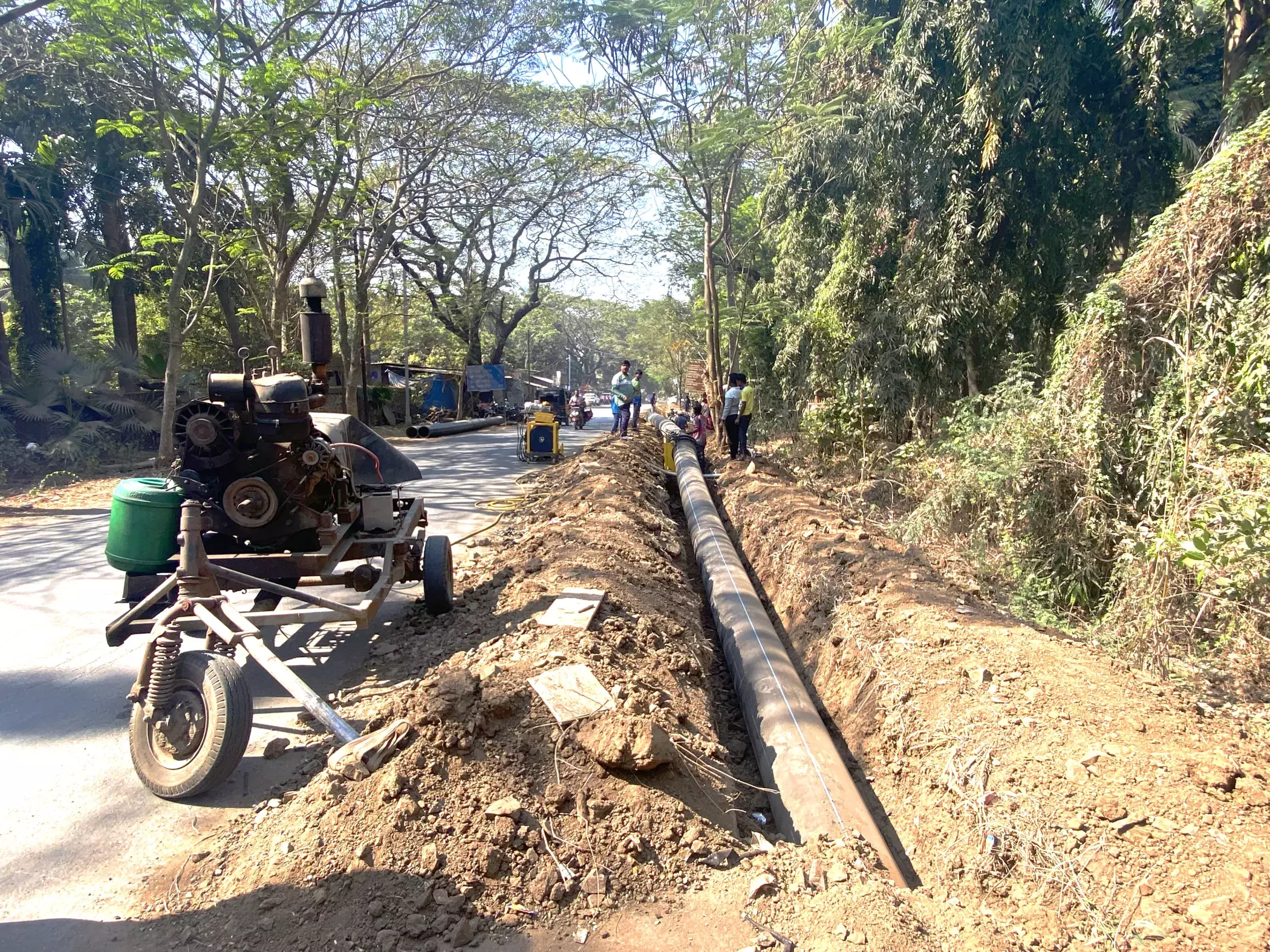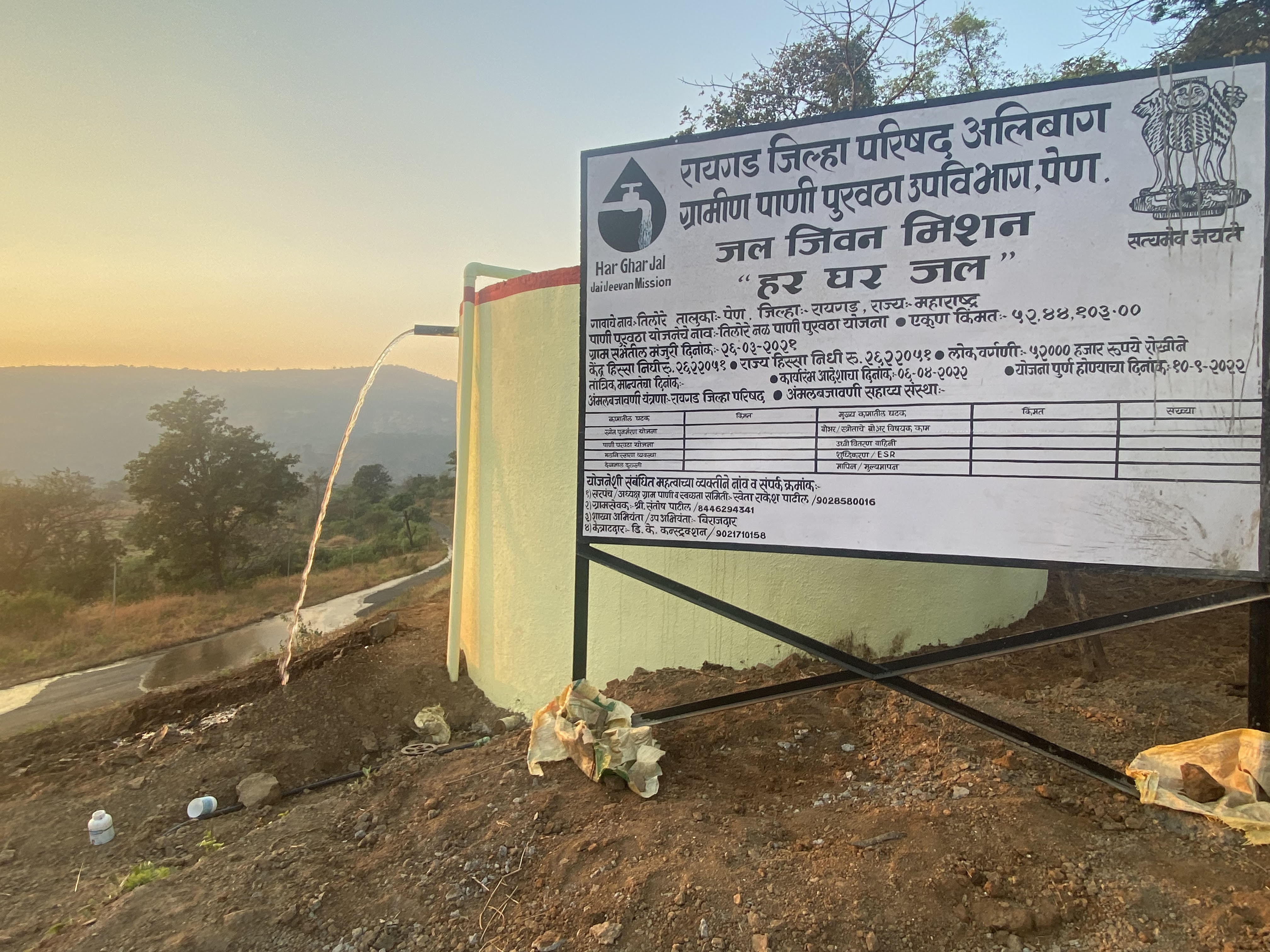Keeping piped water flowing in rural India

March 2023
Prime Minister Modi’s commitment to provide every rural household in India with piped water by 2024 is unprecedented in scale and ambition. It requires four-times more progress from 2019–2024 than in the preceding 75 years. The Jal Jeevan Mission (JJM) demonstrates India’s leadership and vision in a world where over two billion people lack safe drinking water services.
As the JJM construction phase nears completion, maintaining piped networks to keep water flowing in functional household tap connections is an increasing priority. A key challenge to consider is how a proposed ‘utility mindset’ can complement community ownership’ to maintain piped schemes. By early 2023, there is evidence of significant progress in the share of Indian households with functional household tap connections. However, there is uncertainty on what will happen when the JJM concludes work in 2024.
A new working paper led by Prof Rob Hope and Medha Mukherjee from the Oxford Smith School water programme considers global evidence from Uptime and a random sample of data from 3,400 villages in the state of Maharashtra to consider pathways to keep water flowing. The aim of this paper is to promote a discussion to explore steps where the national and state governments can consider policy options and practical steps to sustain the USD 48 billion (Rs 3.6 lakh crore), budgeted for JJM’s investment in piped water services from 2019–2024.

Based on our findings, three areas of engagement are being discussed with state governments to support how professional service delivery models can be tested and sustained at scale.
1. Review service delivery metrics for performance monitoring
- Review service delivery metrics from the Operational Guidelines to test independent monitoring protocols for single and multi-village schemes in target districts.
2. Review monitoring systems to inform incentive funding
- Using piped schemes as the unit of analysis, consider the data architecture linked to 1) independently monitor service delivery metrics (reliability, volume, tariffs, quality).
3. Sustainable funding models
- Establish observed data on operational costs for piped schemes to understand range of costs against performance metrics.
- Explore long-term funding models which combine tariffs, government grants and/or corporate/ donor funding.
We thank the Principal Secretary, Shri Sanjeev Jaiswal (IAS), and the JJM Mission Director, Dr Hrishikesh Yashod (IAS), of the State Water and Sanitation Department Government of Maharashtra for their generous support and guidance for this working paper.

